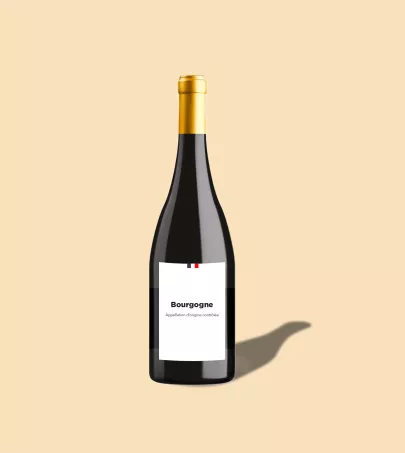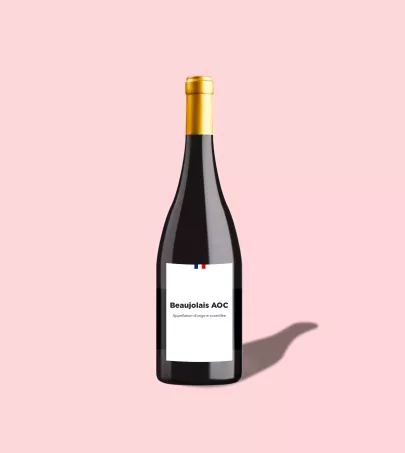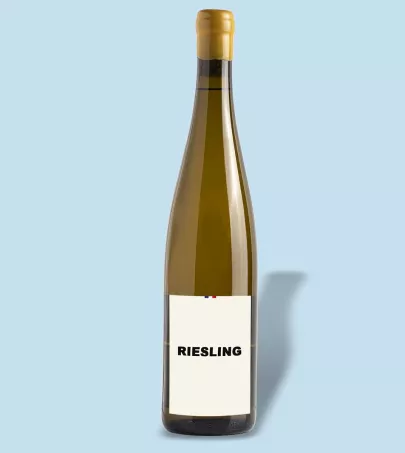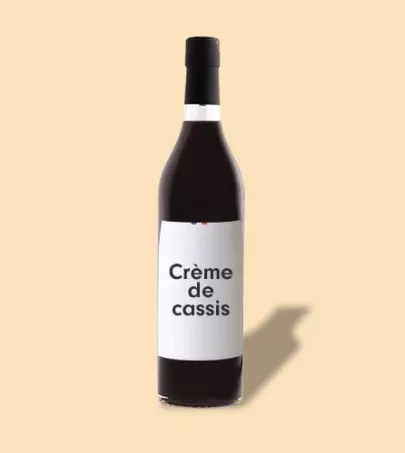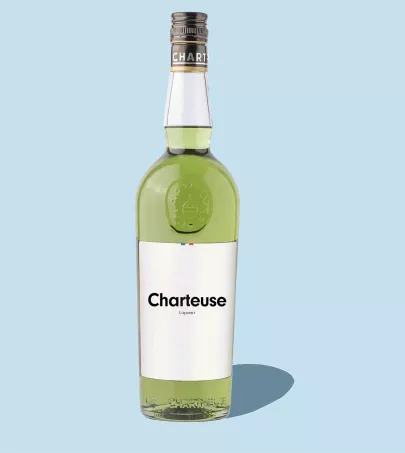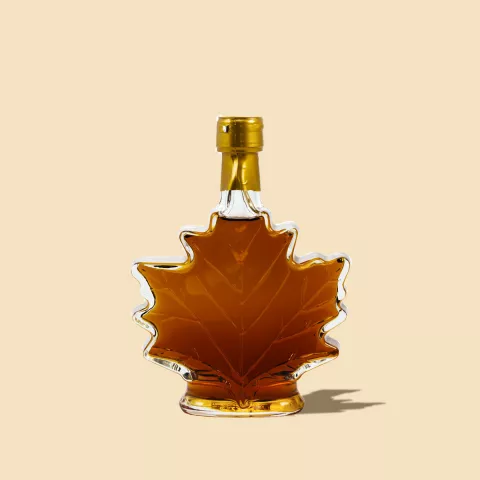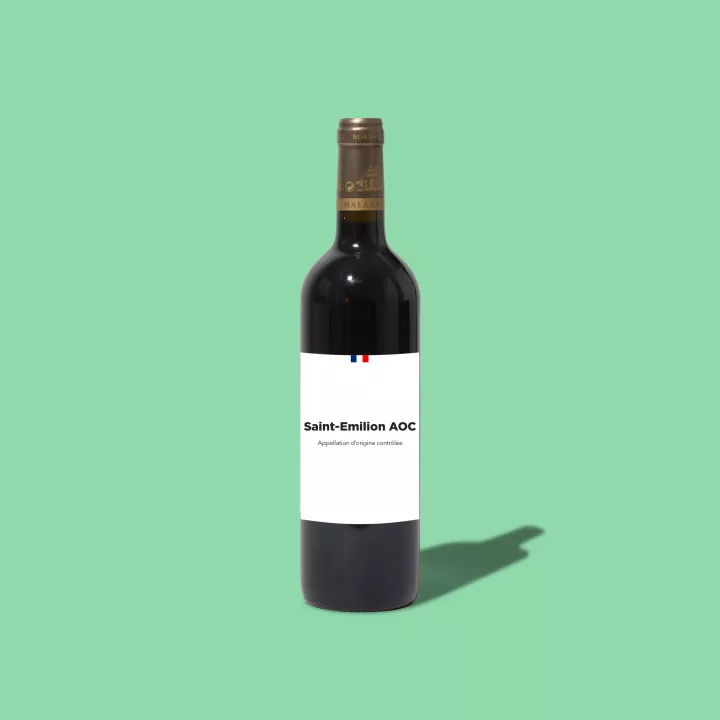
Saint Emilion AOC
Nouvelle Aquitaine
Located to the east of Bordeaux, these two appellations are what make the Libournais region world famous. Although geographically intertwined in an area covering some 5400 hectares and nine communes, they produce blended red wines of great variety, thanks to the incredible diversity of the region’s soils and subsoils and a history dating back centuries…
What you need to know
Here as elsewhere, the history of the vineyard is closely linked to the rise of Christianity. Although the Romans planted vines in 56 CE, it was the monks who developed wine-growing in the region from the 5th century. This carried on for a long time... By the 11th century, Benedictine monks were hard at work in Saint-Émilion, which lies on the pilgrimage route to Santiago de Compostela in Spain. And its success was sealed. Centuries later, Louis XIV himself described wines made in the area as “the nectar of the gods”. Prosperous years were to follow, thanks to a whole generation of owners using new viticulture methods developed to make the most of a terroir rich in different soils (clay, limestone, sandy, etc.) and three main grape varieties (Merlot, Cabernet-Franc and Cabernet-Sauvignon). Unfortunately, it wasn’t enough to fight the phylloxera epidemic which tore through the wine region in the middle of the 19th century. Once the crisis was over, wine-growers structured their industry. The first winegrowers’ union in France was founded in Saint-Émilion in 1884. In 1936, the Saint-Émilion AOC (appellation d’origine contrôlée – controlled designation of origin) was created, followed 12 years later by the Saint-Émilion Grand Cru AOC. In 1955, the first classification of wines appeared, making a distinction between Grands Crus Classés and Premiers Grands Crus Classés…
Characteristics
Smell
Look
Taste
Editor's note
How to use
Storage
For 2 to 10, 15, even 20 years or more…
Best enjoyed
Chill the wine to 46-50°F before serving. This will bring out the fruit and mineral flavors.
Pour Pouilly-Fumé into a tulip-shaped glass to allow its aromas to fully develop. Take a moment to appreciate its pale yellow color with greenish reflections, then swirl the wine to release its aromas. Expect notes of citrus, white flowers, and that signature flinty aroma.
Pair with
A beef fillet with baby vegetables and anchovy cream, young guinea fowl with girolle mushrooms, a leg of venison with a red-wine reduction…

